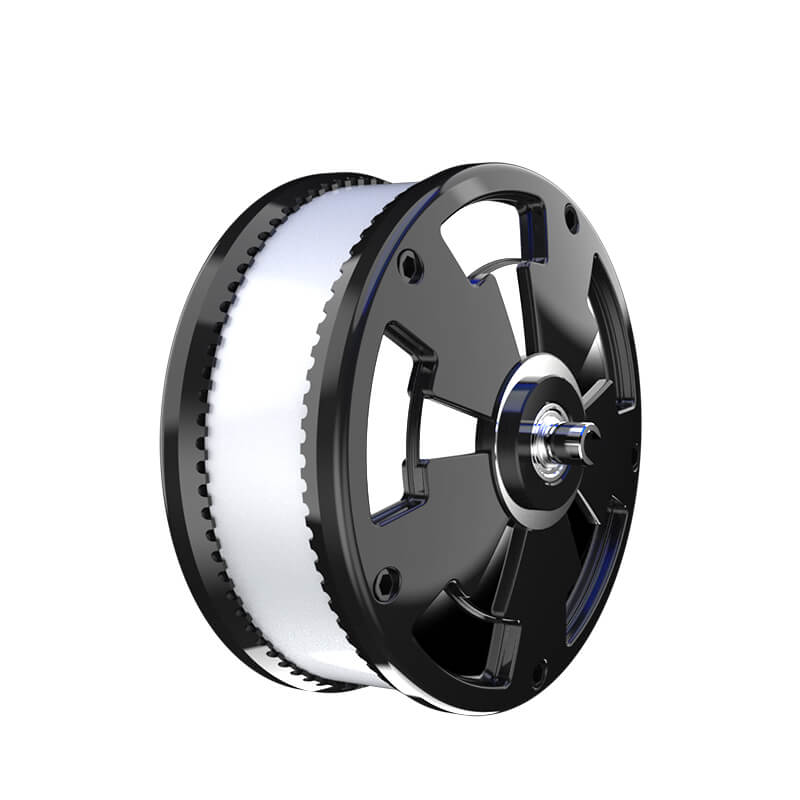When it comes to precision in motion control, you’ve likely heard the term "servo motor" thrown around. But here’s a burning question: Is a servo motor a motor driver? Well, the answer is not as straightforward as you might think, so let’s break it down.

A servo motor is a type of motor that allows precise control of angular position, speed, and acceleration. It’s like having a smart motor that knows exactly where to go and how fast. It's usually paired with a feedback mechanism (like an encoder or resolver) to continuously adjust and maintain accuracy. Imagine it as a well-coached athlete who always knows how to hit the target, no matter what.
On the flip side, a motor driver is the device responsible for controlling the power delivered to a motor. It acts as the "middleman" between the control system (like a microcontroller or PLC) and the motor itself. The motor driver ensures the motor gets the right amount of power to run smoothly, and it can often regulate speed and torque.
So, no, a servo motor is not a motor driver. However, the two work together like a well-oiled team. The motor driver sends signals to the servo motor, telling it how to move based on the desired position, speed, and torque. Without a motor driver, a servo motor wouldn’t have the control it needs to function properly. It’s like having a car without a steering wheel—still a vehicle, but not very useful.
Now, you might be wondering: Why should you care about the difference? Well, understanding this distinction is key when selecting components for any project that requires motion control. A servo motor alone won’t get the job done unless it’s paired with the right motor driver. If you’re working with a system that requires precise movement, whether it’s robotics, CNC machines, or automation, the combination of a quality servo motor and an efficient motor driver is essential for achieving optimal performance.
Take, for example, a robotic arm. The servo motors within the arm need to move with incredible precision, but they can’t do that without the motor driver guiding their movements. The motor driver takes commands from the central control system, adjusting the servo motors’ movements in real time to ensure accuracy and efficiency.
But here’s the thing: Not all motor drivers are created equal. Some drivers are designed specifically for servo motors, ensuring seamless compatibility and performance. Others may be better suited for different types of motors. So, when choosing a motor driver, make sure it’s compatible with your servo motor’s specifications to avoid any performance hiccups.
A good motor driver makes a world of difference. Think about it: You could have the best servo motor on the market, but if the motor driver isn’t up to par, your system’s performance will suffer. It’s all about synergy between the two. The motor driver enables the servo motor to function at its best.
In short, while a servo motor and a motor driver are two separate components, they’re intricately linked. If you want your system to perform with precision and efficiency, understanding the role of both—and how they complement each other—is key. Keep this in mind next time you’re selecting components for your project. Whether it’s for a complex robotic system or a simpler automation setup, the right combination of servo motors and motor drivers will ensure your project’s success.
Established in 2005, Kpower has been dedicated to a professional compact motion unit manufacturer, headquartered in Dongguan, Guangdong Province, China. Leveraging innovations in modular drive technology, Kpower integrates high-performance motors, precision reducers, and multi-protocol control systems to provide efficient and customized smart drive system solutions. Kpower has delivered professional drive system solutions to over 500 enterprise clients globally with products covering various fields such as Smart Home Systems, Automatic Electronics, Robotics, Precision Agriculture, Drones, and Industrial Automation.




































